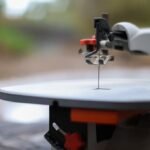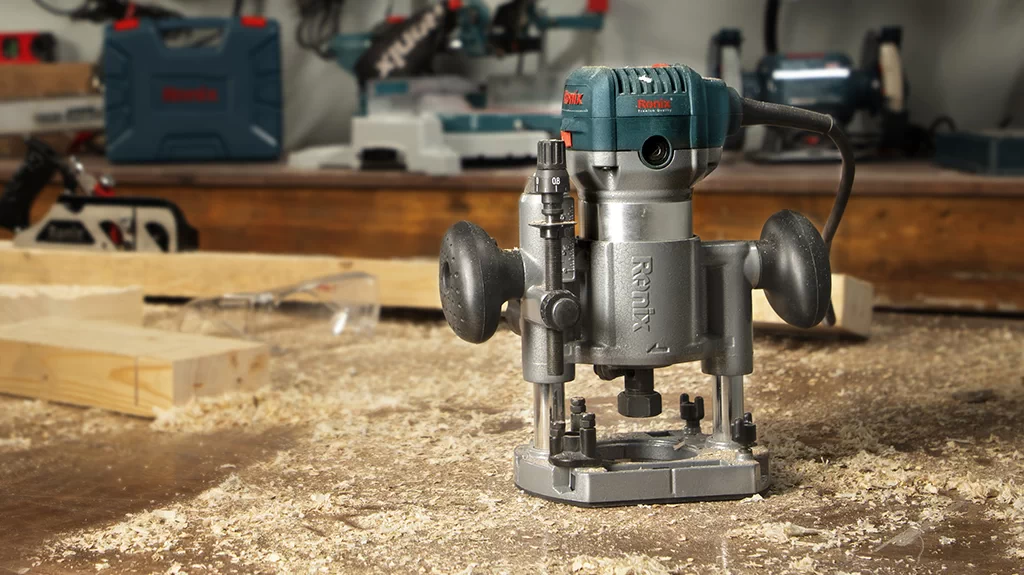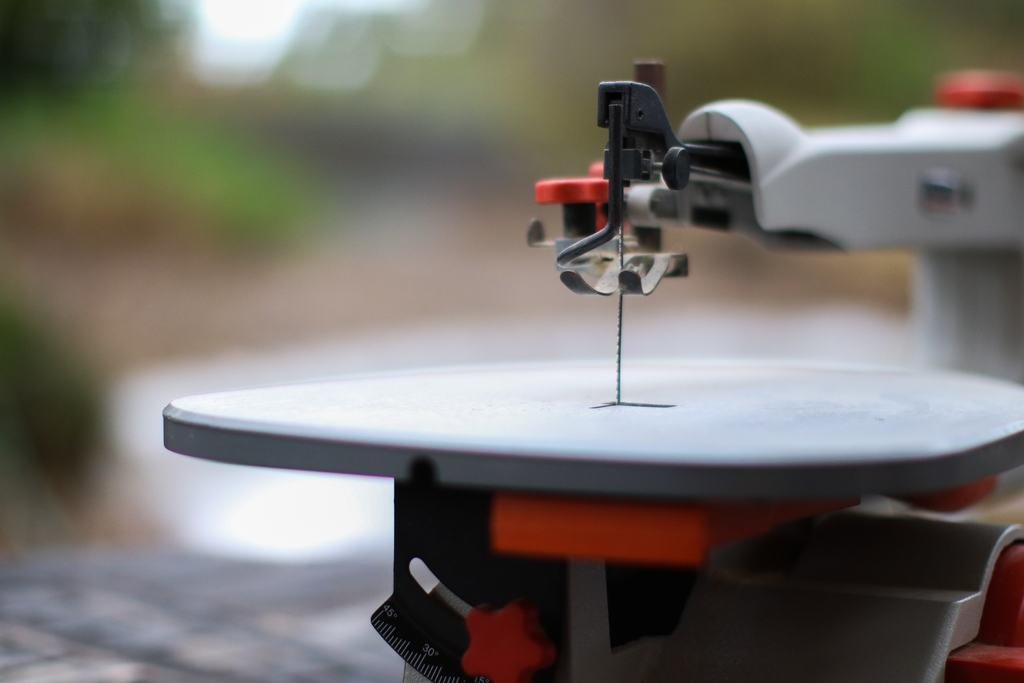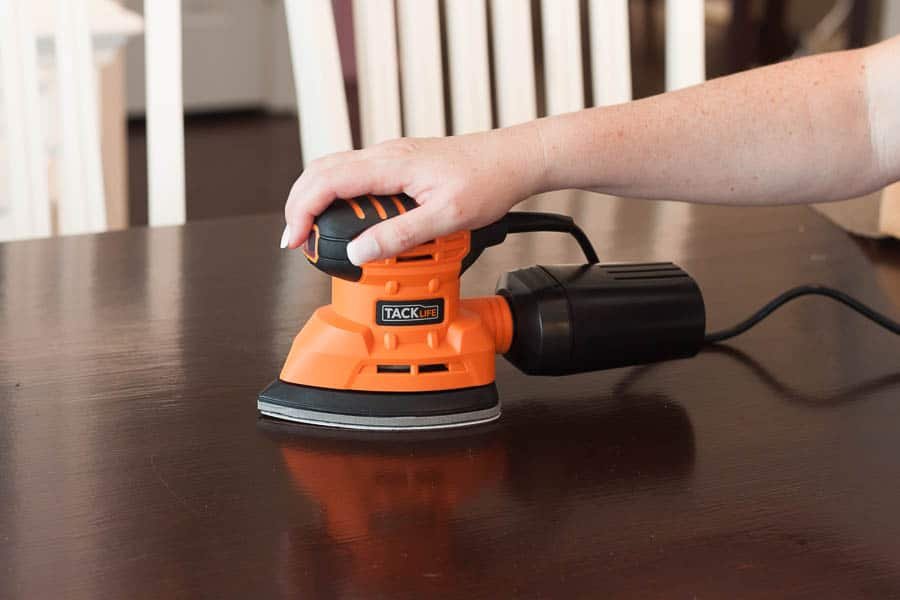The CNC (Computer Numerical Control) milling machine stands at the forefront of modern manufacturing technology, revolutionizing the way components are produced across various industries. With the global CNC machine market size projected to reach USD 100.9 billion by 2025, growing at a CAGR of 6.8% from 2019 to 2025, it’s clear that these machines play a pivotal role in enhancing production capabilities and meeting the increasing demand for precision-engineered products.
Table of Contents
Industry Overview
CNC milling machines contribute significantly to sectors such as automotive, aerospace, defense, and healthcare by offering unparalleled precision, efficiency, and automation in the manufacturing process. This technology allows for the production of complex parts with high levels of accuracy, minimal waste, and reduced production time, catering to the growing demand for highly sophisticated components.
Classification and Working Principle
CNC milling machines are classified based on their configuration and the number of axes they operate on, ranging from 3-axis machines for basic operations to 5-axis and even 7-axis machines for complex, multi-dimensional parts. The primary categories include:
- Vertical Milling Machines: Feature a vertical spindle orientation, suitable for plunge cuts and drilling.
- Horizontal Milling Machines: Equipped with a horizontal spindle, ideal for heavy cutting loads and machining multiple faces of a workpiece.
- Universal Milling Machines: Offer versatility with a swiveling cutter to perform a wide range of operations.
The working principle of a CNC milling machine involves the translation of computer-generated design models into numerical codes, which control the movement of the machine’s table and cutting tools across multiple axes. This process ensures precise cutting, drilling, and shaping of materials like metal, plastic, and wood, according to specified dimensions and design features.
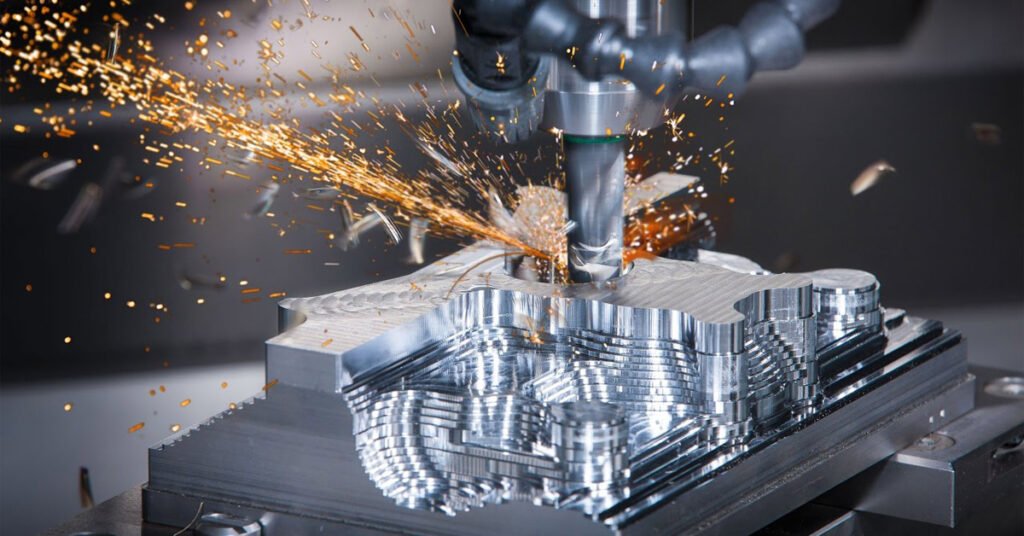
Operation Precautions
Operating a CNC milling machine requires adherence to safety protocols and maintenance practices to ensure operator safety and machine longevity. Key precautions include:
- Regular Maintenance: Scheduled inspections and maintenance to prevent mechanical failures and ensure accuracy.
- Safety Gear: Use of appropriate personal protective equipment (PPE) like safety glasses and ear protection.
- Proper Training: Comprehensive operator training on machine operation, programming, and emergency procedures.
Frequently Asked Questions
CNC milling machines perform cutting and drilling operations across multiple axes, while CNC lathes are primarily used for turning operations on cylindrical parts.
While CNC milling machines are versatile, the suitability of materials depends on the machine’s power, tooling, and the specific application.
CNC milling offers higher precision, automation, efficiency, and flexibility in producing complex parts compared to traditional manual milling.
Conclusion
The CNC milling machine is an indispensable tool in modern manufacturing, driving advancements in precision, efficiency, and automation. As industries continue to evolve towards more complex and customized products, the role of CNC milling in production processes becomes increasingly significant. With ongoing technological advancements, the future of CNC milling promises even greater capabilities and innovations, further solidifying its position as a cornerstone of modern manufacturing.

